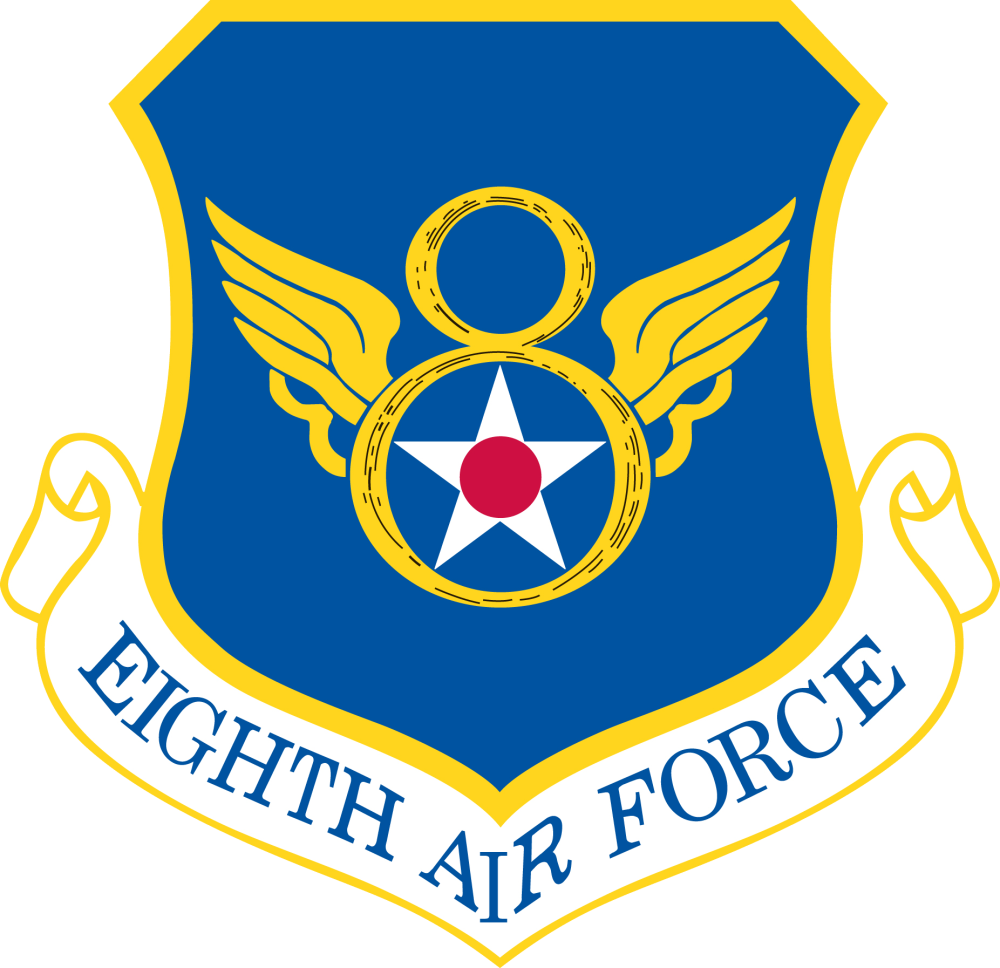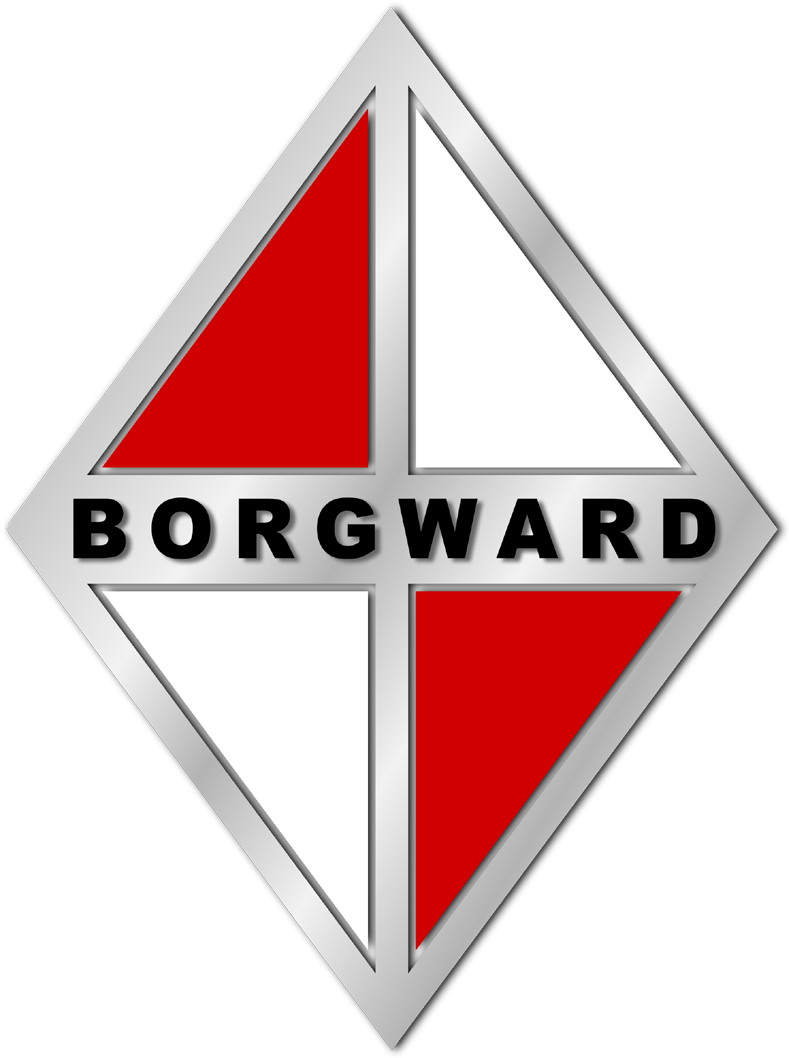|
Bombing Of Bremen In World War II
The Bombing of Bremen in World War II by the British Royal Air Force (RAF) and US Eighth Air Force involved both indiscriminate "area bombing" and, as capacity improved, more targeted raids upon the city's military-industrial facilities. These included, the shipyards of Vulkan, AG Weser and Atlas Werke, the Valentin submarine pens, oil refineries and the aircraft works of Focke-Wolf. Early RAF raids on Bremen beginning in May 1940 had sought out these industrial and military targets but the efforts proved costly and, given limited navigation and target-location capabilities, impractical. From September 1941 the RAF switched to night-time "area bombing". In the spring of 1942 new directives from Bomber Command under Air Marshal Arthur Harris formalised the change of strategy. Purporting to draw lessons from the German Blitz on Britain, Bomber Command concluded that rather than being "collateral damage", the destruction of residential districts and the killing of civilians s ... [...More Info...] [...Related Items...] OR: [Wikipedia] [Google] [Baidu] |
Strategic Bombing During World War II
World War II (1939–1945) involved sustained strategic bombing of railways, harbours, cities, workers' and civilian housing, and industrial districts in enemy territory. Strategic bombing as a military strategy is distinct both from close air support of ground forces and from tactical air power. During World War II, many military strategists of air power believed that air forces could win major victories by attacking industrial and political infrastructure, rather than purely military targets. Strategic bombing often involved bombing areas inhabited by civilians, and some campaigns were deliberately designed to target civilian populations in order to terrorize them and disrupt their usual activities. International law at the outset of World War II did not specifically forbid the aerial bombardment of cities – despite the prior occurrence of such bombing during World War I (1914–1918), the Spanish Civil War (1936–1939), and the Second Sino-Japanese War (1937–19 ... [...More Info...] [...Related Items...] OR: [Wikipedia] [Google] [Baidu] |
General (United Kingdom)
General (or full general to distinguish it from the lower general officer ranks) is the highest rank achievable by serving officers of the British Army. The rank can also be held by Royal Marines officers in tri-service posts, for example, General Sir Gordon Messenger the former Vice-Chief of the Defence Staff. It ranks above lieutenant-general and, in the Army, is subordinate to the rank of field marshal, which is now only awarded as an honorary rank. The rank of general has a NATO-code of OF-9, and is a four-star rank. It is equivalent to a full admiral in the Royal Navy or an air chief marshal in the Royal Air Force. Officers holding the ranks of lieutenant-general and major-general may be generically considered to be generals. Insignia A general's insignia is a crossed sword and baton. This appeared on its own for the now obsolete rank of brigadier-general. A major-general has a pip over this emblem; a lieutenant-general a crown instead of a pip; and a full ge ... [...More Info...] [...Related Items...] OR: [Wikipedia] [Google] [Baidu] |
Armstrong Whitworth Whitley
The Armstrong Whitworth A.W.38 Whitley was a British medium bomber aircraft of the 1930s. It was one of three twin-engined, front line medium bomber types that were in service with the Royal Air Force (RAF) at the outbreak of the Second World War. Alongside the Vickers Wellington and the Handley Page Hampden, the Whitley was developed during the mid-1930s according to Air Ministry Specification B.3/34, which it was subsequently selected to meet. In 1937, the Whitley formally entered into RAF squadron service; it was the first of the three medium bombers to be introduced. Following the outbreak of war in September 1939, the Whitley participated in the first RAF bombing raid upon German territory and remained an integral part of the early British bomber offensive. In 1942 it was superseded as a bomber by the larger four-engined " heavies" such as the Avro Lancaster. Its front-line service included maritime reconnaissance with Coastal Command and the second line roles of glider- ... [...More Info...] [...Related Items...] OR: [Wikipedia] [Google] [Baidu] |
RAF Roundel
The air forces of the United Kingdom – the Royal Navy's Fleet Air Arm, the Army's Army Air Corps and the Royal Air Force use a roundel, a circular identification mark, painted on aircraft to identify them to other aircraft and ground forces. In one form or another, it has been used on British military aircraft from 1915 to the present. Background When the First World War started in 1914 it was the habit of ground troops to fire on all aircraft, friend or foe, so that the need for some form of identification mark became evident.Robertson 1967, p 89 At first the Union Flag was painted under the wings and on the sides of the fuselage. It soon became obvious that at a distance the St George's Cross of the Union Flag was likely to be confused with the Iron Cross that was already being used to identify German aircraft. After the use of a Union Flag inside a shield was tried it was decided to follow the lead of the French who used a tricolour cockade (a roundel of red and whit ... [...More Info...] [...Related Items...] OR: [Wikipedia] [Google] [Baidu] |
RAF Bomber Command
RAF Bomber Command controlled the Royal Air Force's bomber forces from 1936 to 1968. Along with the United States Army Air Forces, it played the central role in the strategic bombing of Germany in World War II. From 1942 onward, the British bombing campaign against Germany became less restrictive and increasingly targeted industrial sites and the civilian manpower base essential for German war production. In total 364,514 operational sorties were flown, 1,030,500 tons of bombs were dropped and 8,325 aircraft lost in action. Bomber Command crews also suffered a high casualty rate: 55,573 were killed out of a total of 125,000 aircrew, a 44.4% death rate. A further 8,403 men were wounded in action, and 9,838 became prisoners of war. Bomber Command stood at the peak of its post-war military power in the 1960s, the V bombers holding the United Kingdom's nuclear deterrent and a supplemental force of Canberra light bombers. In August 2006, a memorial was unveiled at Lincoln Cathed ... [...More Info...] [...Related Items...] OR: [Wikipedia] [Google] [Baidu] |
303d Bombardment Group
3 (three) is a number, numeral and digit. It is the natural number following 2 and preceding 4, and is the smallest odd prime number and the only prime preceding a square number. It has religious or cultural significance in many societies. Evolution of the Arabic digit The use of three lines to denote the number 3 occurred in many writing systems, including some (like Roman and Chinese numerals) that are still in use. That was also the original representation of 3 in the Brahmic (Indian) numerical notation, its earliest forms aligned vertically. However, during the Gupta Empire the sign was modified by the addition of a curve on each line. The Nāgarī script rotated the lines clockwise, so they appeared horizontally, and ended each line with a short downward stroke on the right. In cursive script, the three strokes were eventually connected to form a glyph resembling a with an additional stroke at the bottom: ३. The Indian digits spread to the Caliphate in the 9th ... [...More Info...] [...Related Items...] OR: [Wikipedia] [Google] [Baidu] |
Norden Bombsight
The Norden Mk. XV, known as the Norden M series in U.S. Army service, is a bombsight that was used by the United States Army Air Forces (USAAF) and the United States Navy during World War II, and the United States Air Force in the Korean and the Vietnam Wars. It was an early tachometric design that directly measured the aircraft's ground speed and direction, which older bombsights could only estimate with lengthy manual procedures. The Norden further improved on older designs by using an analog computer that continuously recalculated the bomb's impact point based on changing flight conditions, and an autopilot that reacted quickly and accurately to changes in the wind or other effects. Together, these features promised unprecedented accuracy for daytime bombing from high altitudes. During prewar testing the Norden demonstrated a circular error probable (CEP) of , an astonishing performance for that period. This precision would enable direct attacks on ships, factories, and ot ... [...More Info...] [...Related Items...] OR: [Wikipedia] [Google] [Baidu] |
Norddeutsche Hütte
ArcelorMittal Bremen is a steelworks on the banks of the River Weser in Bremen, Germany. An ironworks was established on the site in 1911 as ''Norddeutsche Hütte'' - much of the works was destroyed or dismantled during and immediately after the end of the Second World War. In 1957 steel group Klöckner established a new steel works on the same site, ''Klöckner Hütte Bremen''. After growth during the 1960s and 1970s the business began to experience financial problems, and in the early 1990s Klöckner became effectively bankrupt. In 1994 the steelworks at Bremen was acquired by Sidmar, renamed ''Stahlwerke Bremen''; it later became part of Usinor, Arcelor (2002), and ArcelorMittal (2006) through mergers of the parent holding company. History Norddeutsche Hütte (1911-1945) In 1906 a consortium led by shipping firm Norddeutscher Lloyd was formed, and in 1908 established the ''Norddeutsche Hütte Aktiengesellschaft'' with a capital of 6 million Marks, and with Heinrich Wiegand ... [...More Info...] [...Related Items...] OR: [Wikipedia] [Google] [Baidu] |
Oil Refinery
An oil refinery or petroleum refinery is an industrial process plant where petroleum (crude oil) is transformed and refined into useful products such as gasoline (petrol), diesel fuel, asphalt base, fuel oils, heating oil, kerosene, liquefied petroleum gas and petroleum naphtha. Petrochemicals feedstock like ethylene and propylene can also be produced directly by cracking crude oil without the need of using refined products of crude oil such as naphtha. The crude oil feedstock has typically been processed by an oil production plant. There is usually an oil depot at or near an oil refinery for the storage of incoming crude oil feedstock as well as bulk liquid products. In 2020, the total capacity of global refineries for crude oil was about 101.2 million barrels per day. Oil refineries are typically large, sprawling industrial complexes with extensive piping running throughout, carrying streams of fluids between large chemical processing units, such as distillation co ... [...More Info...] [...Related Items...] OR: [Wikipedia] [Google] [Baidu] |
Borgward
The former Borgward car manufacturing company, based in Bremen, Germany, was founded by Carl F. W. Borgward (1890–1963). It produced cars of four brands, which were sold to a diversified international customer base: Borgward, Hansa, Goliath and Lloyd. Borgward's Isabella was one of the most popular German premium models in the 1950s, while Lloyd's Alexander / Lloyd 600 model offered affordable mobility to many working-class motorists. The group ceased operations in 1961, following controversial insolvency proceedings. The brand was revived in the 21st century, with the Stuttgart-based Borgward Group AG designing and marketing cars manufactured in China. Origins of the component companies The origins of the company go back to 1905 with the establishment in Varel (near Bremen) of Hansa Automobilgesellschaft and the foundation in Bremen itself of NAMAG, maker of the Lloyd car. These two businesses merged in 1914 to form the "Hansa-Lloyd-Werke A.G." After the war, i ... [...More Info...] [...Related Items...] OR: [Wikipedia] [Google] [Baidu] |





